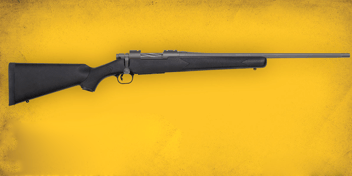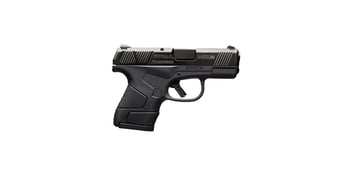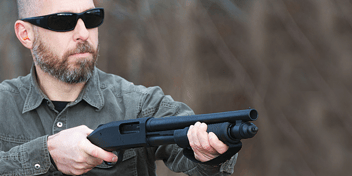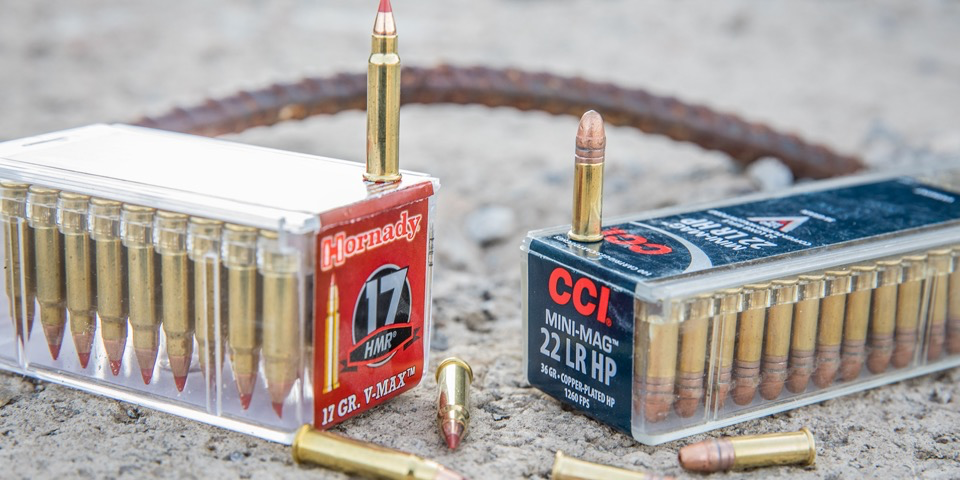
Two great rimfires go head-to-head... When it comes to American shooting sports, no rifle cartridge is as wildly popular as the .22 Long Rifle, especially for plinking or small game and varmint hunting.
The .22 is the most popular match cartridge in existence and is popular around the world in everything from shooting competitions to hunting applications. Light recoiling, widely available, and effective on the small game out to roughly 75 yards, the .22 is without question one of the greatest rimfires of all time. Originally introduced in 1887, the .22 is the old man on the block.
And then there’s the relatively new kid on the block, the .17 Hornady Magnum Rimfire (HMR), which was introduced in 2002 by Hornady as a medium-range cartridge effective out to 200 yards.
One of the most revolutionary rimfires introduced in the last century, the .17 HMR boasts speeds of 2,650 fps, making it a viable small game round out to 200 yards. With performance like that, it’s no wonder the .17 HMR has taken the hunting and shooting worlds by storm.
The real question is: which cartridge is better?
I’ll address that question by considering several factors, including ballistic performance, cost of ammunition, and availability of rifles for each cartridge.
The Mighty .22
Ballistically, the .22 is a comparatively anemic round, sending a 29-grain bullet at roughly 1,680 fps, which is plenty for taking down a small game out to 75 yards or so.
It’s highly effective for target shooting and plinking, as well, since there’s very little recoil.
This same feature makes it great for new shooters, many of whom learn proper gun safety and marksmanship with a semi-auto or bolt-action rifle chambered in .22. Like the .30-30, it’s not the most powerful option out there, but it is highly effective.
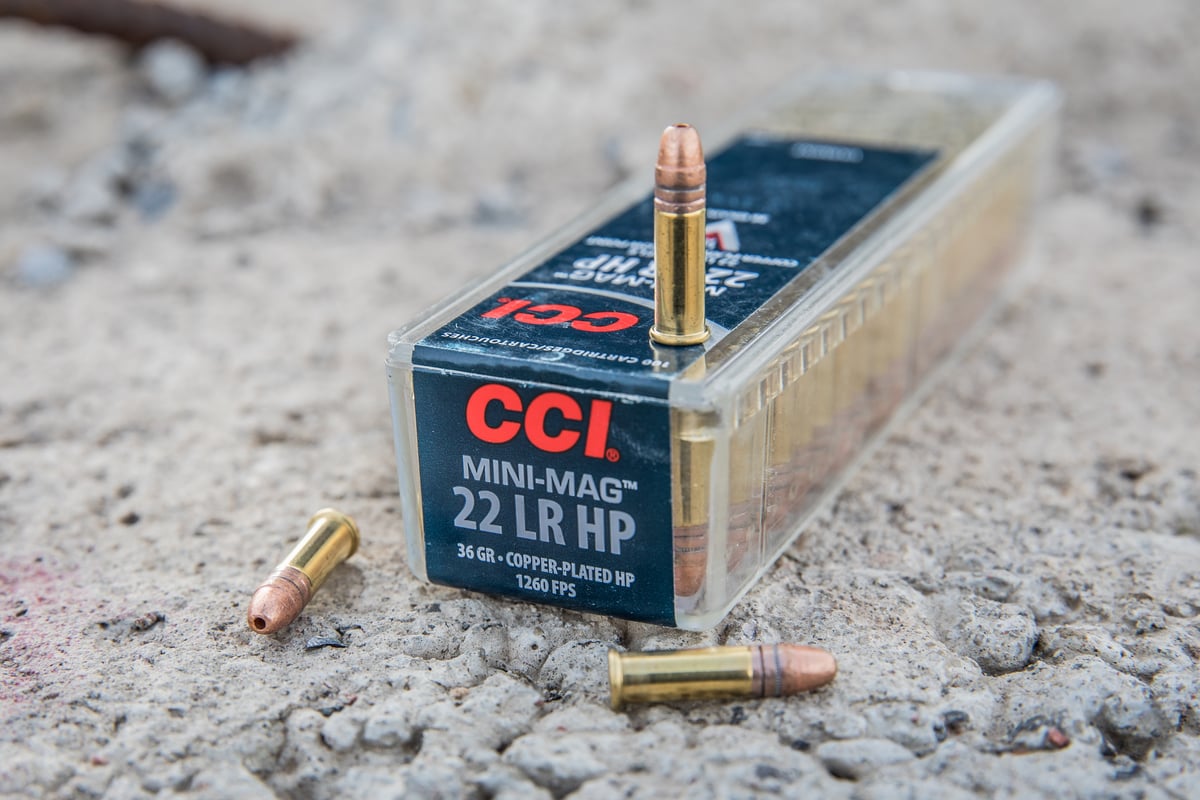
When paired with a hollow-point bullet, the .22 is extremely lethal on small game like squirrel, prairie dog, ground squirrel, and rabbit. The other unique feature of the .22 is the different number of loads available.
Because it is one of the most popular cartridges on the planet, there’s everything from game loads to premium match cartridges, and a spectrum of reliability and accuracy to go along with that broad selection. It’s not an incredibly loud cartridge to start with, but one major advantage of the .22 is that it’s available in several subsonic and suppressor-friendly loads.
In terms of ammunition price and availability, the .22 has been widely produced and relatively inexpensive for most of its existence. The last decade has seen stockpiling, government-induced firearm confiscation scares, and survivalist fixations that have driven up the price of the once budget-friendly .22, and for a time you could hardly find it on the shelf.
Prices have drastically fallen and supply has been restored, however, as loads like Federal American Eagle’s 38-grain copper-plated round can be had for around $25 for a box of 400. For the quiet crowd, CCI’s Subsonic Segmented HP load runs $55 for 400 rounds.
Rifles chambered in .22 LR are as abundant as any on the market. Mossberg offers several, including the Mossberg International 702 Plinkster, an autoloading rimfire that features an 18-inch blued barrel with a 1:16-inch twist rate and a nimble weight of just 4 pounds. It’s the perfect rifle for new and young shooters, light to carry afield, and extremely accurate.
Available with 10- and 25-round magazines, the 702 Plinkster features adjustable fiber optic sights. Nothing is more fun than pounding ground squirrels with a semi-auto .22, a niche the 702 fills perfectly.
Mossberg also offers a bolt-action .22, a useful feature for those wanting to learn how to successfully operate this type of rifle. The Mossberg International 802 Plinkster is a bolt-action .22 available in two configurations, features a 10-round magazine and 18-inch barrel.
The Need for Speed: The .17 HMR
The HMR is capable of sending a 17-grain tipped varmint bullet at 2,650 fps, easily vaporizing prairie dogs and other small game out to 200 yards.
What the .22 lacks in speed and long-range effectiveness, the .17 HMR happily makes up.
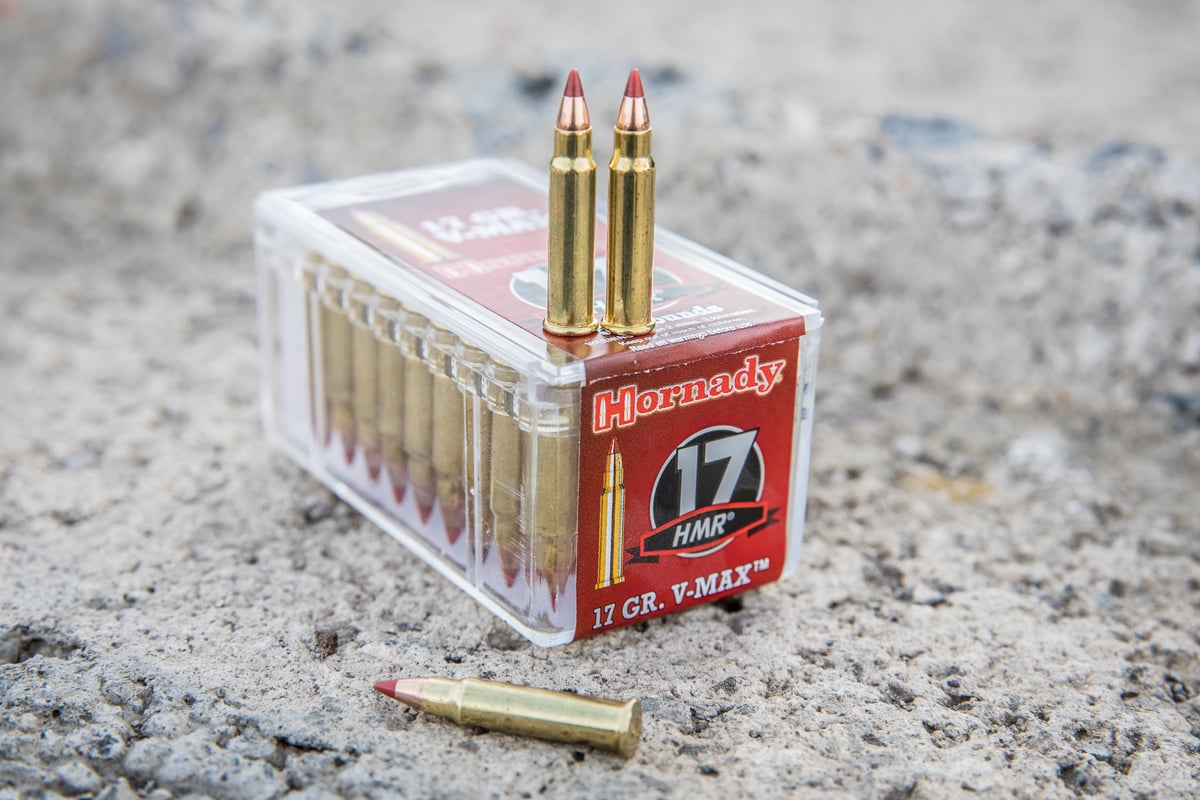
Interestingly enough, the .17 HMR is a descendent of the mighty .22 Magnum, featuring the parent case necked down to house a .17-caliber projectile. Maximum internal pressure on the cartridge is roughly 26,000 psi, about 7,000 psi less than the .17 WSM. because it’s wicked-fast and lethal on the small game but doesn’t punch enormous holes in an animal, many coyote and bobcat hunters prefer it for their pelt-saving endeavors.
One of the original design goals with the HMR was to keep ammunition at a reasonable price, which has thus far proven true. It’s nowhere near as widely produced as the .22, so there are far fewer bullet types and offerings on the market.
Part of that is by design: The .17 HMR was built for varmint and predator hunting, not primarily for plinking or competition. A 50-count box of Hornady’s 17-grain V-Max loads runs $12.99, which is far cheaper than other centerfire varmint loads—or the .17 WSM—but still much more expensive than many .22 offerings.
While there are fewer rifle offerings in .17 HMR, and there are fewer options in the semi-auto category as a whole, Mossberg offers the International 817, which features a free-floated 21-inch barrel, six-round capacity, and Weaver-style bases for different optics selections.
The rifle is available with a Synthetic stock and weighs between 4-5 pounds. It would also be ideal for longer shots on coyotes and bobcats.
Which is Better?
If you’re thinking of plinking or shooting smaller games at ranges inside 50 yards, the .22 LR probably takes the crown, especially when the price is a limiting factor. There are more varieties of .22 ammo available, from subsonic to suppressor friendly, so if you need to whack a pesky rodent and don’t want to alarm your neighbors, the .22 has more noise-friendly options.
If you’re about to enter into the Olympic trials as a biathlete, then the answer is hands down the .22.
Likewise, if you’re in the market for a semi-auto like Mossberg’s 702 Plinkster, you’ll have to stick with the .22.
So where does the .17 HMR excel? When you’re looking to extend the range on the smaller-sized game, and when you need more knockdown power for coyotes and other larger critters.
The .17 HMR is a specialist of varmint and predator pursuits, and it dominates in ballistic performance by sending a 17- to 20-grain tipped bullet over 2,500 fps. The cartridge is exceedingly effective but more expensive than the .22.
If price isn’t an issue, the .17 HMR also makes a phenomenal prairie dog rifle, especially when you’re shooting past 75 yards.
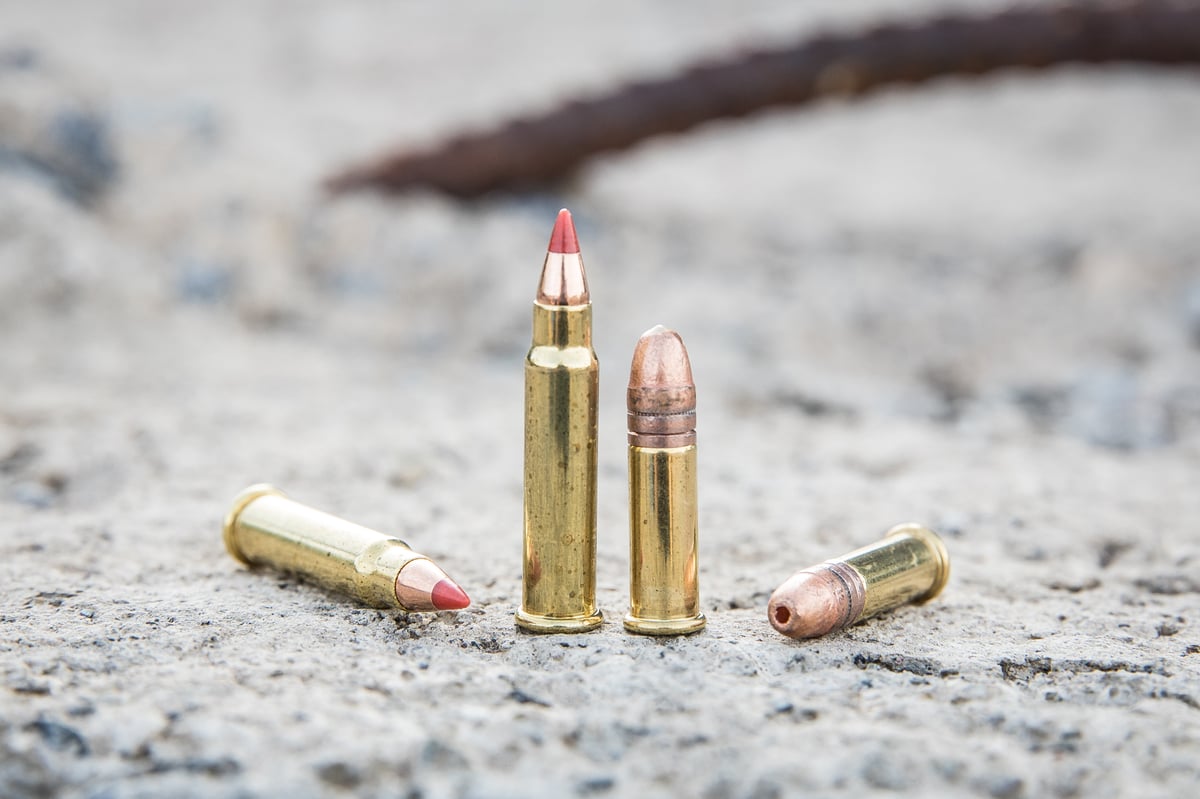
About the Author





